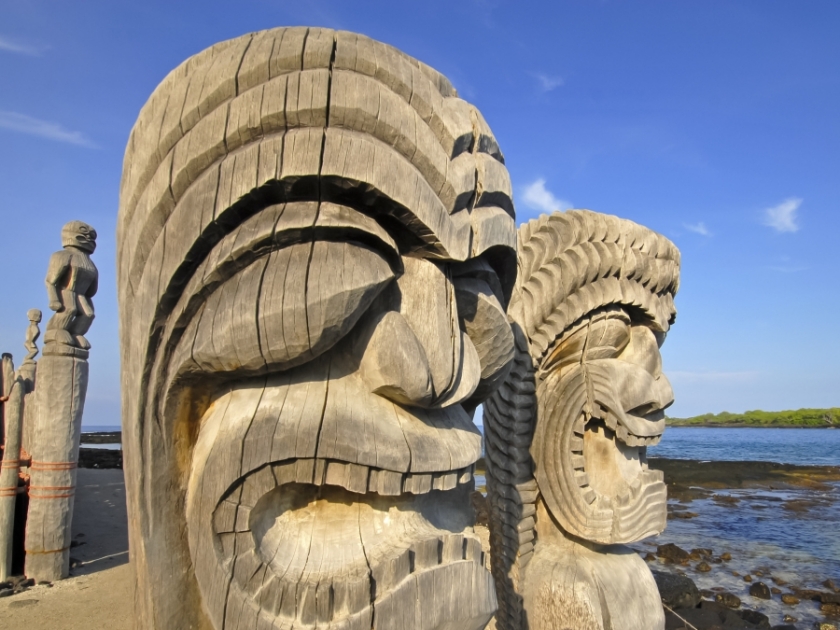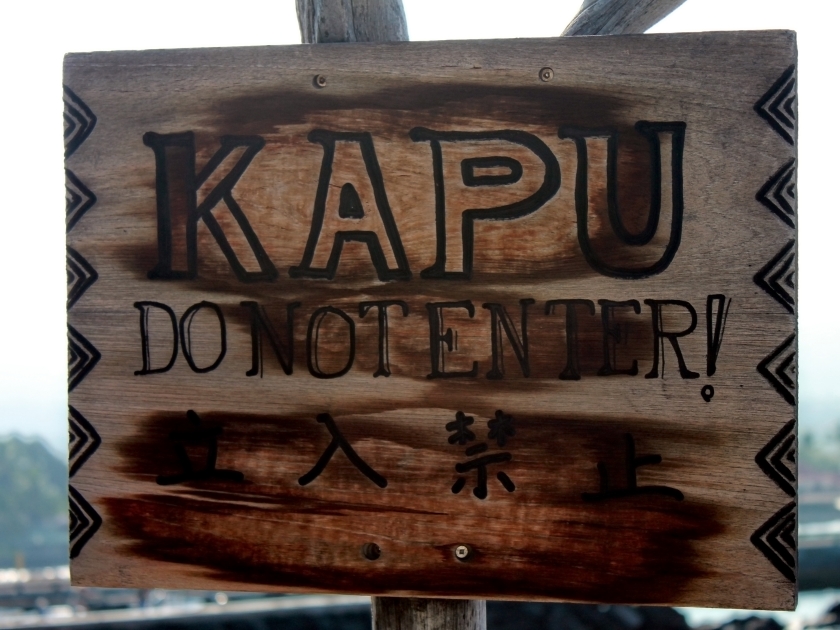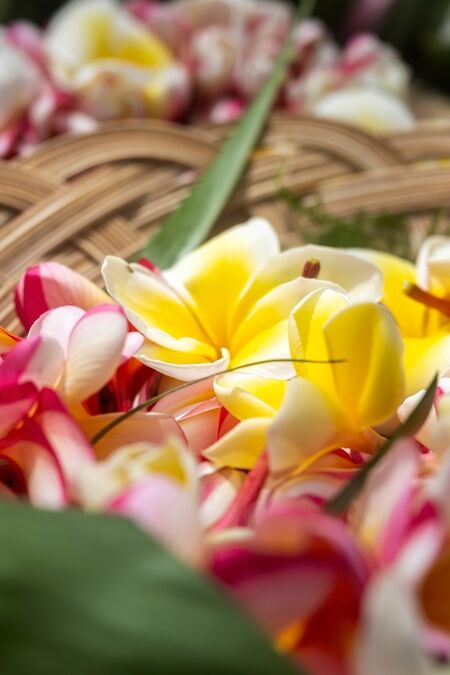Rooted in the belief of maintaining balance and respect between all elements of life, kapu’s influence extended from the highest chiefs to commoners. Today, although the formal kapu system was abolished in the 19th century, its principles continue to echo through modern Hawaiian laws, subtly integrated into statutes concerning land use, environmental conservation, and cultural preservation. This article explores how these ancient decrees have shaped contemporary Hawaiian legal practices, revealing the enduring legacy of Kapu in a modern context.
Understanding Kapu

Kapu, meaning “forbidden” or “sacred” in Hawaiian, refers to a complex system of taboos that governed every aspect of ancient Hawaiian life, from the mundane to the divine. Originating from ancient Polynesian societies, this system was deeply entrenched in Hawaiian culture long before Western contact, structuring not only religious rites but also daily social practices. The kapu system included strict regulations on food, gender roles, and religious rituals, with severe penalties for violations, thereby maintaining social order and hierarchy. Through these rules, kapu defined power dynamics within communities, regulated resource use, and sanctified the natural world, ensuring a harmonious balance between the people and the divine forces they believed in.
Learn More: The Ultimate Guide to Understanding Kapu in Hawaiian Culture
Demise of the Kapu System
The kapu system’s demise began with a pivotal event known as the ‘Ai Noa in 1819, when King Kamehameha II, inspired by the desire for social reform and influenced by the encroaching Western ideologies, symbolically dined with women, directly challenging one of kapu’s most stringent prohibitions. This act of defiance marked the beginning of the system’s formal abolition, a move supported by key figures including Queen Ka’ahumanu. The immediate fallout was profound: the social and religious structure that had dictated Hawaiian life for centuries collapsed almost overnight, leading to a period of profound cultural upheaval. Politically, it paved the way for new governance models and the eventual adoption of Western laws and customs, reshaping Hawaiian society permanently.
Kapu’s Legacy in Modern Hawaiian Culture

Despite its formal abolition over two centuries ago, the legacy of kapu continues to permeate modern Hawaiian culture, underscoring its deep-rooted influence. Many contemporary Hawaiian practices and rituals still reflect the kapu system’s principles, such as the conservation of sacred lands and the preservation of social rituals that respect the boundaries between the sacred and the profane. For instance, certain fishing practices and seasonal taboos reminiscent of the kapu system are observed to ensure environmental sustainability and respect for natural resources. These practices not only honor cultural heritage but also integrate ancient wisdom with contemporary environmental ethics, illustrating how traditional Hawaiian values continue to guide community conduct and interactions with nature.
Learn More: The Role of Kapu in Preserving Hawaiian Cultural Heritage
Influence on Modern Hawaiian Laws
Kapu principles have been seamlessly woven into the fabric of modern Hawaiian legal frameworks, influencing a range of contemporary laws that govern land rights, resource management, and cultural preservation. The traditional values of respect and sanctity for the land—central tenets of the kapu system—are reflected in modern regulations that prioritize the conservation of Hawaii’s unique ecosystems and cultural sites. For instance, laws that restrict access to sacred areas and regulate the use of natural resources echo kapu’s emphasis on protecting the environment and maintaining spiritual purity. These legal adaptations ensure that the ancient wisdom of kapu continues to contribute to the stewardship of Hawaii’s natural and cultural heritage, promoting a sustainable coexistence with the land that nurtures the Hawaiian people.
Case Studies
In exploring the contemporary impact of kapu on Hawaiian laws, case studies reveal significant insights. For instance, the Water Code of Hawaii, influenced by kapu’s principles of resource management, prioritizes the protection of water as a public trust, a modern reflection of ancient practices of water stewardship by native Hawaiians. Interviews with Hawaiian legal experts and cultural practitioners highlight the ongoing relevance of these laws, underscoring their role in preserving community rights and environmental integrity. Impact assessments in local communities, particularly in rural areas, show these regulations not only bolster sustainable practices but also reinforce cultural identity and autonomy, demonstrating the profound and lasting influence of kapu on the islands’ legal and cultural landscapes.
Challenges in Integrating Traditional Laws into Modern legal systems
Integrating traditional kapu laws into modern Hawaiian legal systems presents unique challenges and has sparked considerable debate. One primary challenge is the reconciliation of these ancient norms with contemporary legal standards that govern civil rights and property laws. Critics argue that certain aspects of kapu, particularly those involving gender roles and social stratification, may conflict with modern principles of equality and justice. Furthermore, there is ongoing controversy regarding the extent to which kapu should influence state policies, especially in areas like environmental regulation and cultural preservation, where interests and interpretations can diverge sharply. These debates highlight the complex task of honoring traditional practices while ensuring they complement contemporary societal norms and legal requirements.
Future Prospects

Looking ahead, the influence of kapu on Hawaiian lawmaking is poised to deepen, with potential reforms and initiatives aiming to integrate traditional practices more robustly within legal frameworks. Legislative proposals are increasingly considering the kapu principles of balance and respect for nature as foundational elements in environmental and land use laws. Additionally, there is a growing movement to institutionalize kapu-inspired approaches in community policing and restorative justice, recognizing their potential to foster reconciliation and community cohesion. These initiatives reflect a broader shift towards valuing indigenous wisdom in legislative processes, potentially leading to a legal system that not only protects but also promotes the cultural heritage and environmental sustainability of Hawaii.
Empower Communities to Craft a Future that Reflects Their Ancestral Legacy
The enduring influence of kapu on modern Hawaiian laws underscores the profound connection between ancient traditions and contemporary governance. As Hawaii continues to navigate the complexities of incorporating these age-old practices, it offers a unique model for others on the integration of cultural identity into modern law. To truly appreciate and contribute to these developments, it is essential to delve deeper into Hawaiian history and legal transformations. Readers are encouraged to explore further resources and participate in discussions that support the ongoing evolution of Hawaii’s legal landscape, ensuring it remains deeply rooted in its ancestral values while meeting the challenges of the modern world.




